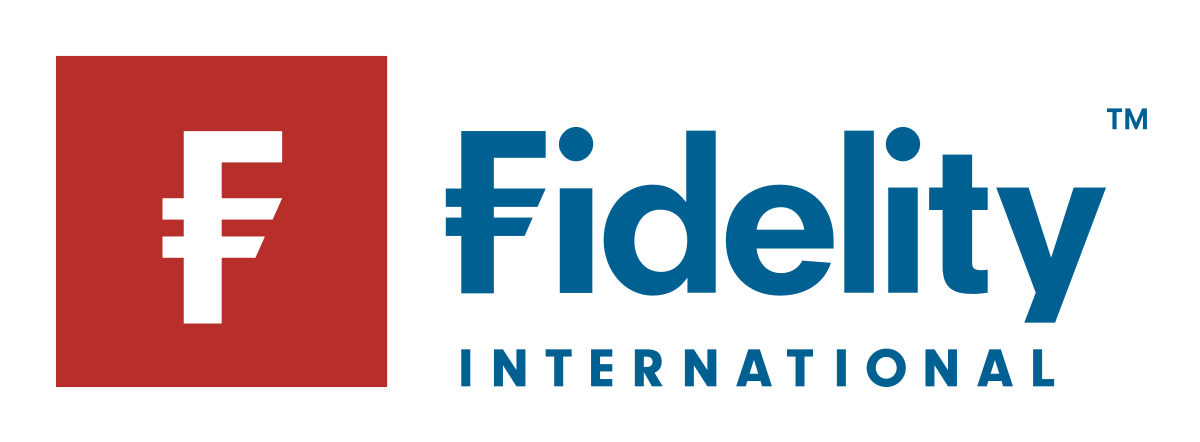Self-indexed ETFs, which track the performance of proprietary indices, normally have higher fees than equivalents tracking third-party indices, according to new academic research.
The result is surprising because side-stepping the licensing fees paid to external index providers removes a significant layer of cost – with more than one-third of ETF expense ratios used on licensing fees, according to one study.
The recent paper by Oxford University academics Bige Kahraman, Sida Li and Anthony Limburg, titled Index Disruption: The Promise and Pitfalls of Self-Indexed ETFs, used all ETFs listed in the US and Canada as its sample.
The study found no significant difference between the holdings or investment performance of self-indexed ETFs and their public-index counterparts, indicating that product differentiation is not a key driver of the fee disparity.
Rather, the paper found the best explanation comes from conflicts of interest, whereby issuers with both self-indexed ETFs and wealth management or advisory services are incentivised to push their own higher-fee products on clients.
Evidence of this can be found in ‘self-ownership’ levels. Self-indexed ETF issuers with advisory arms show substantially higher self-ownership levels than those without, suggesting they are selecting their own high-cost products in discretionary advisory accounts.
Self-indexing is more common in the US with almost 20% of ETFs tracking a proprietary index. The practice is rarer in Europe, however, since ESMA guidelines require indices tracked by UCITS funds to be independently calculated; but there are still a handful of issuers self-indexing in Europe, including WisdomTree.
Other European issuers license indices from subsidiaries or affiliated businesses, such as Fidelity International from Fidelity Investments, and VanEck from MarketVector Indexes.
The (theoretical) advantages of self-indexing
Proponents of self-indexing point to several potential benefits that come from tracking proprietary indices.
Foremost among these is cost. By eliminating the recurring costs of third-party licensing fees self-indexed ETFs should be able to offer competitive prices.
Downward fee pressure should come from greater competition in the index provision market, too, as providers not only have to compete with each other, but with the proprietary indices of issuers too.
Supporters argue that product quality can also be higher.
A spokesperson for WisdomTree, which has ETFs replicating both internal and third-party indices, explained: “Third-party indices tend to be standardised solutions whereas by self-indexing we can leverage internal and external expertise and develop our intellectual property and offer added-value investment solutions.”
There is also greater scope to enhance index rules or criteria in response to changing market conditions, they added.
The advantages of self-indexing (in practice)
Although a significant layer of cost is removed by self-indexing, the study demonstrates that end investors are not benefitting with lower fees. In their US sample, self-indexing ETFs have fees 12% to 14% higher than their public-indexing counterparts.
One explanation is that creating a proprietary index is an expensive undertaking.
“It requires substantial upfront and ongoing investment in technology, human resources, data, and regulatory compliance,” said the WisdomTree spokesperson.
The more compelling explanation for the higher fees, according to the academics, is the conflict of interest inherent in self-indexing where issuers are incentivised to promote their own higher cost products to clients.
While WisdomTree and VanEck distribute solely through third-parties, Fidelity does have its own investment platform. Fidelity declined to comment for this article.
The extent of increased competition in the index provision market thanks to the rise of self-indexing is debatable, too.
A 2023 academic paper by Yu An, Matteo Benetton and Yang Song found that the index provider market is extremely concentrated and demand for the indices of leading players can be inelastic, suggesting self-indexing has a limited impact on fees via increased competition.
The greater flexibility to modify index rules at moments of tension can also be considered a conflict of interest.
Michael Pruzinsky, index product manager at Bloomberg Indices, outlined an example to ETF Stream.
When Russia invaded Ukraine, he said, index providers were forced to decide how to treat Russian securities. Bloomberg Indices kicked them out with a value of zero – the right decision – but issuers self-indexing “may have taken a different approach that was not as strict.”





